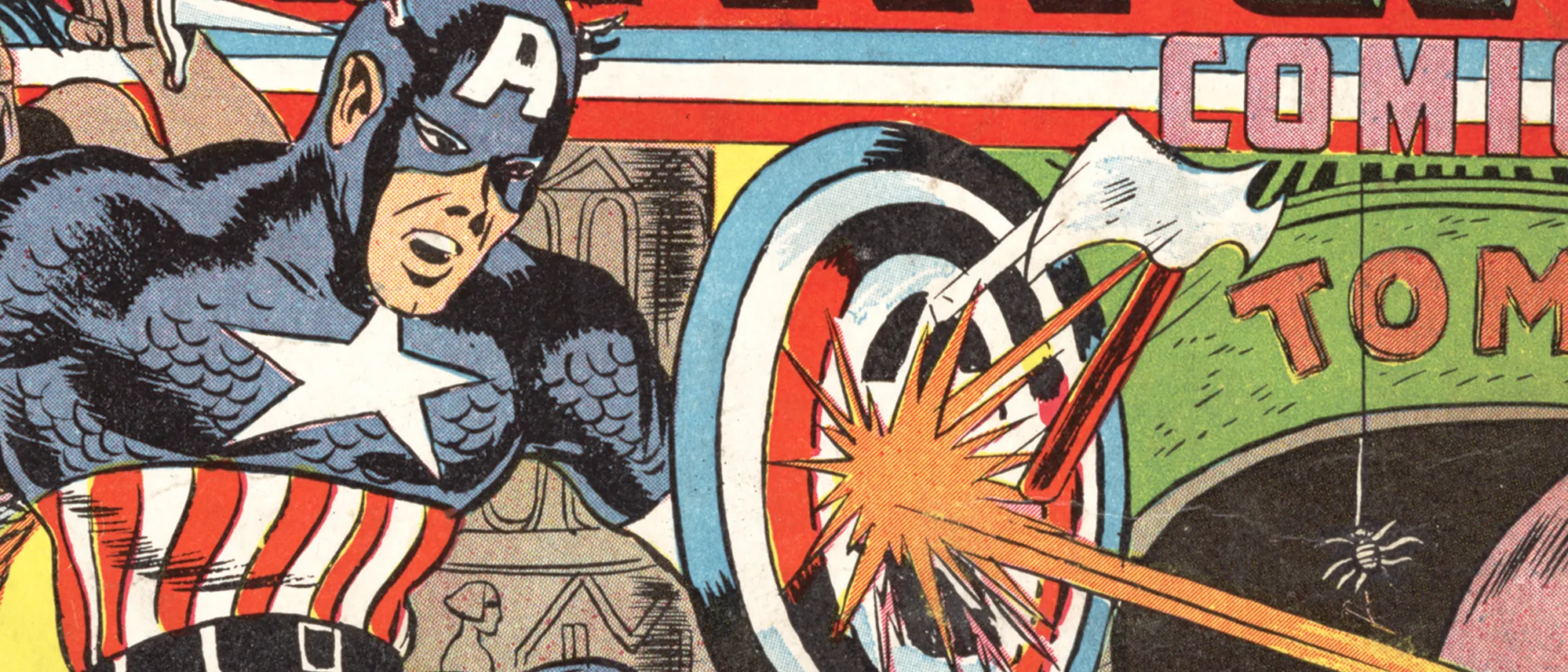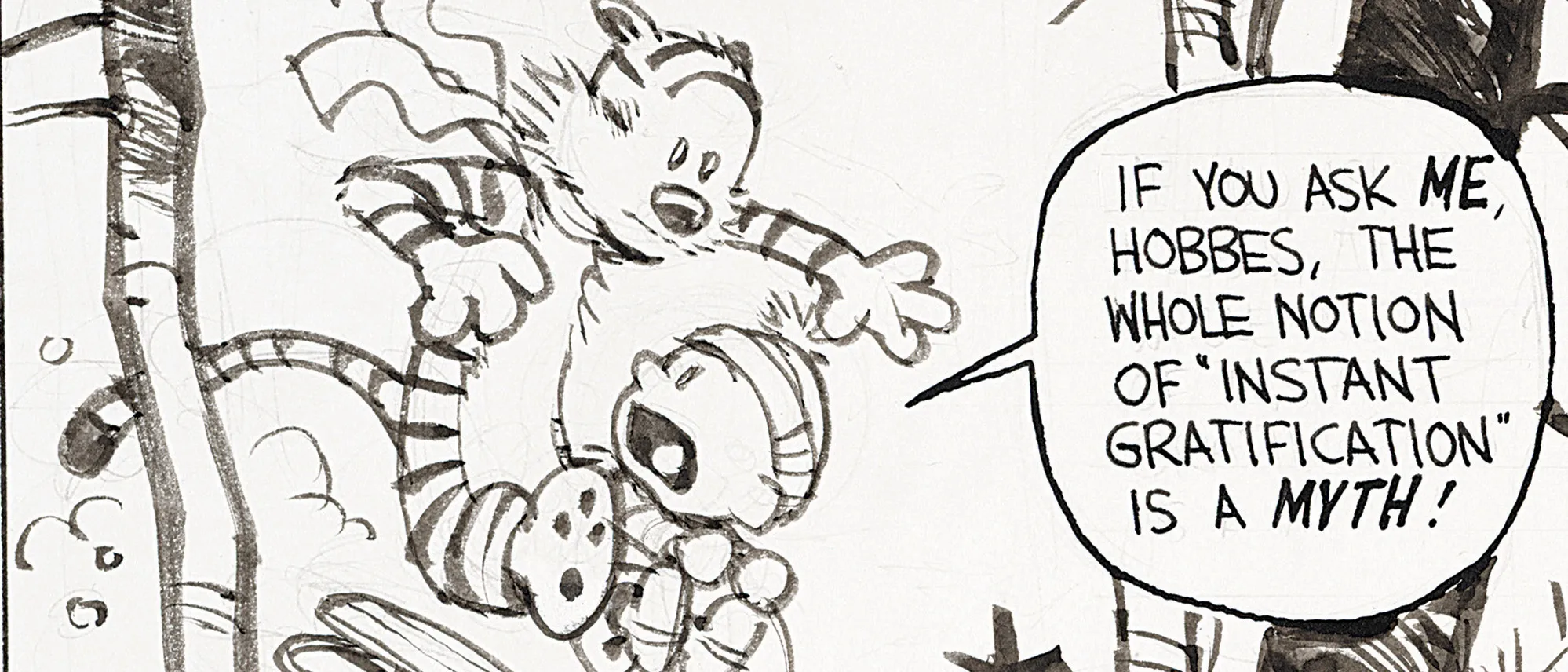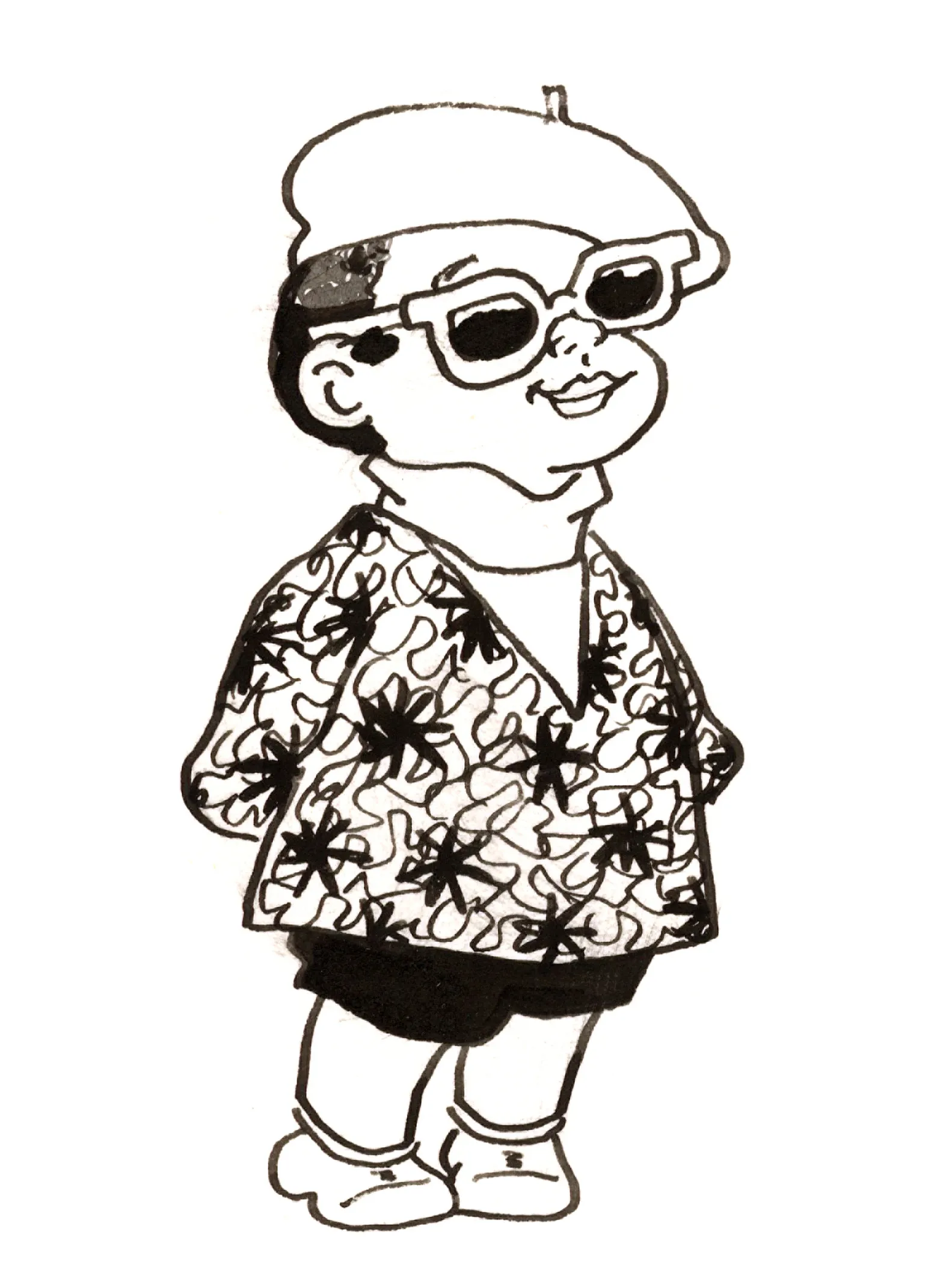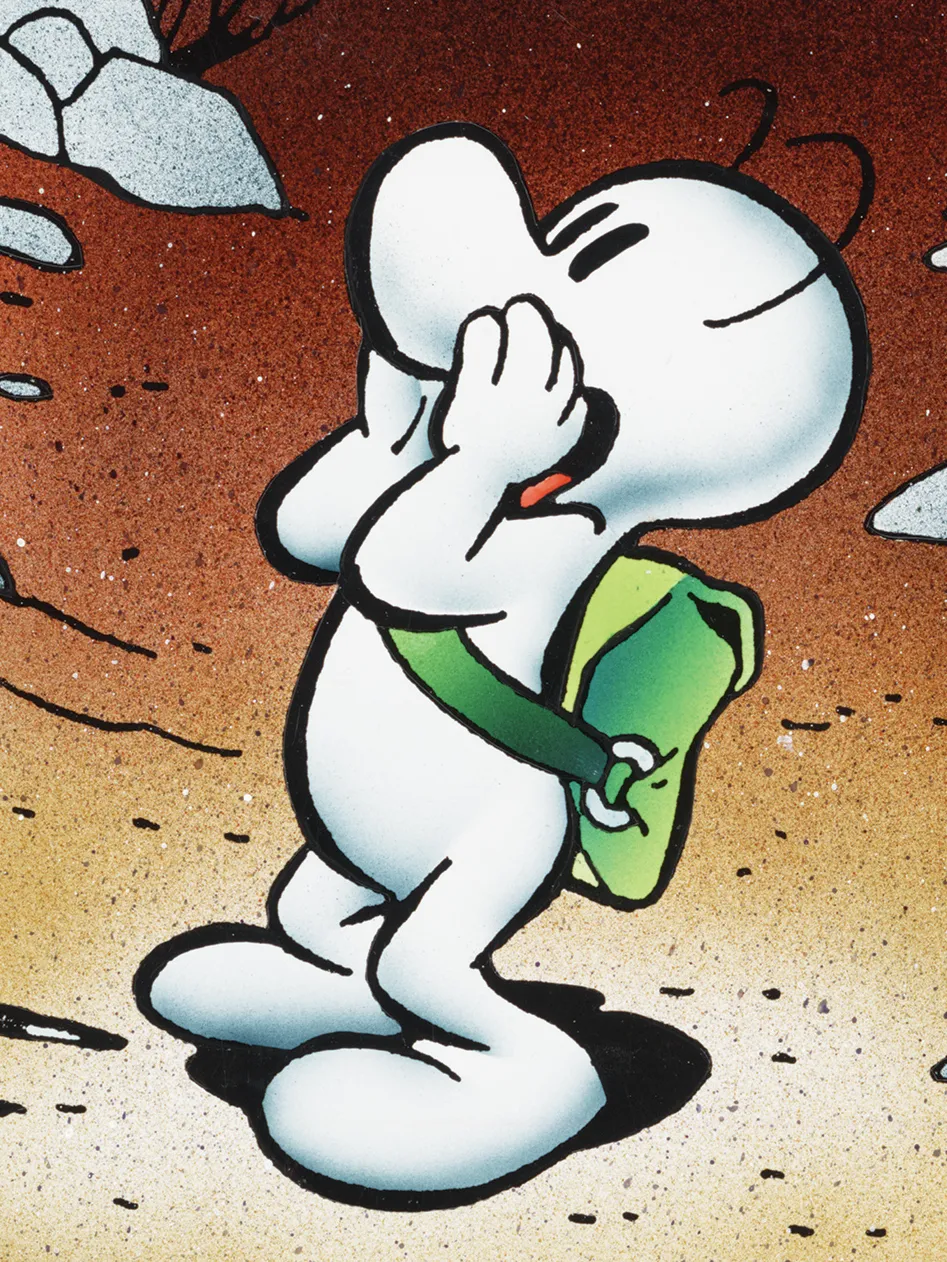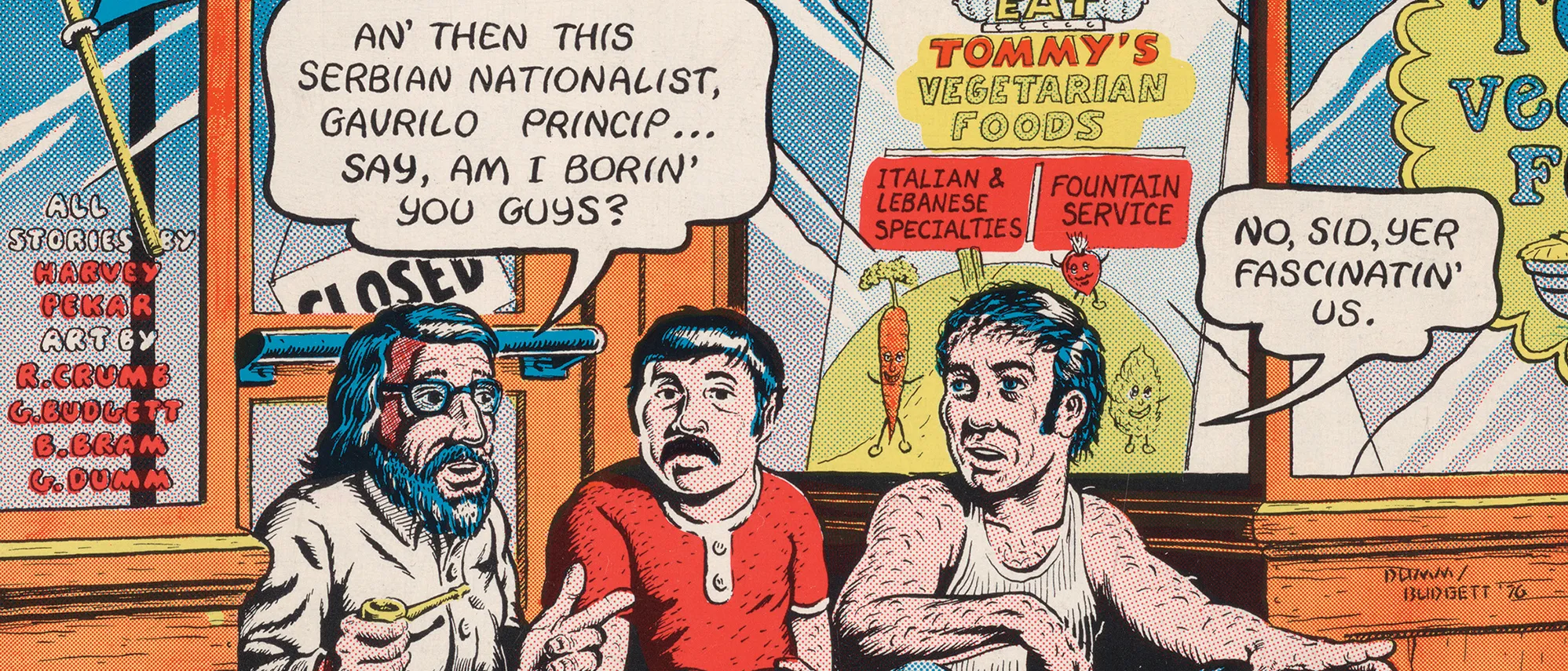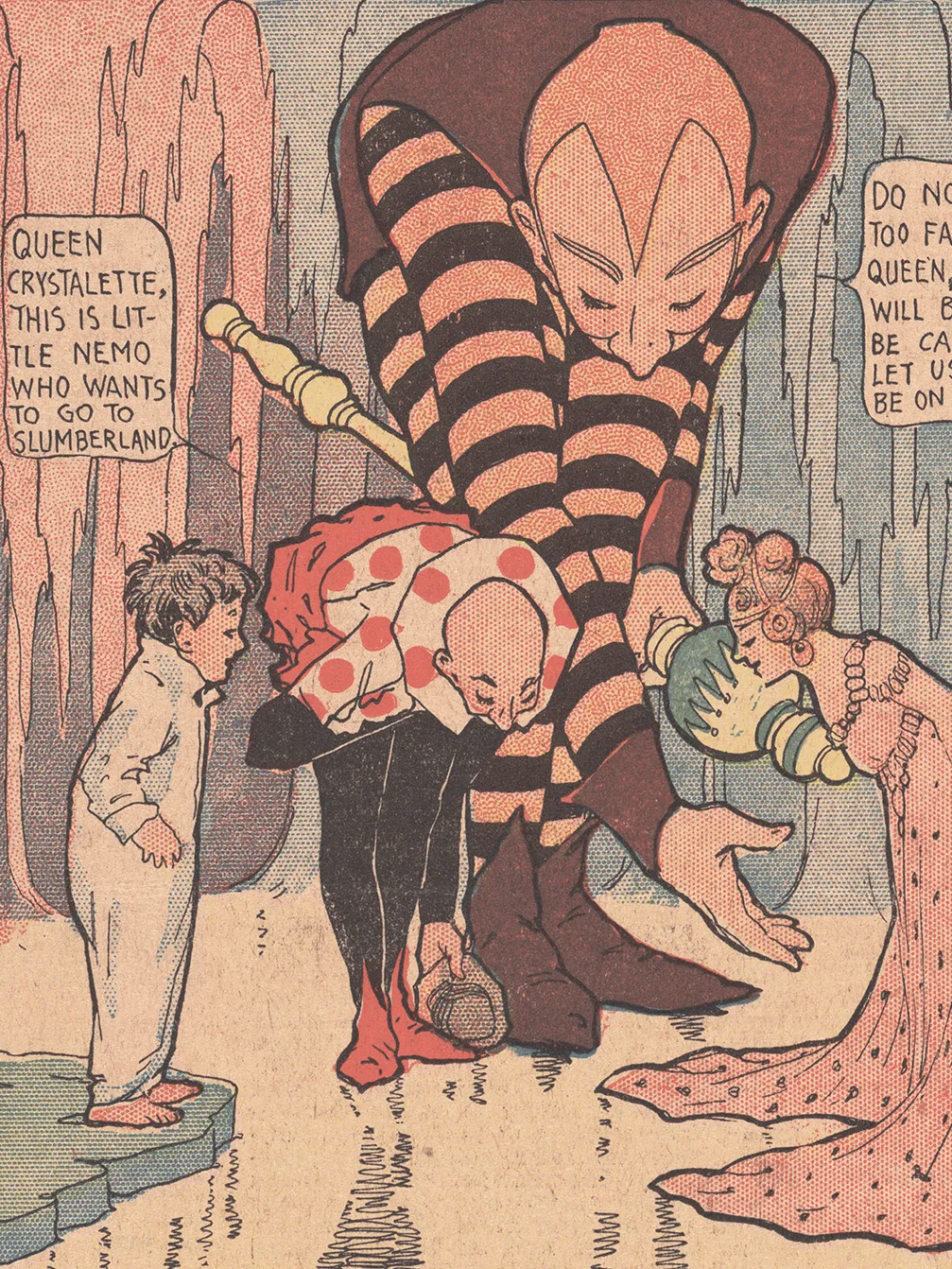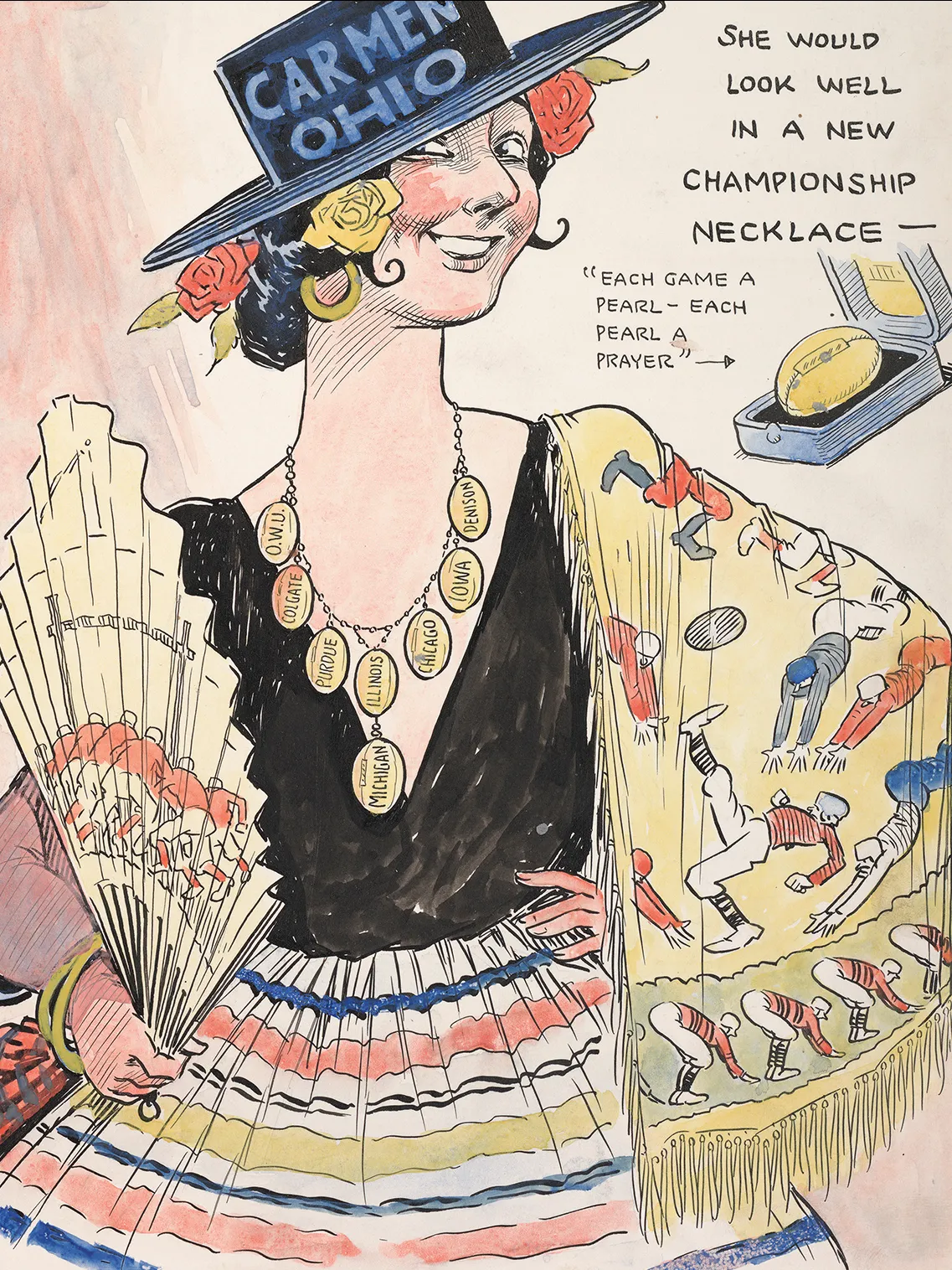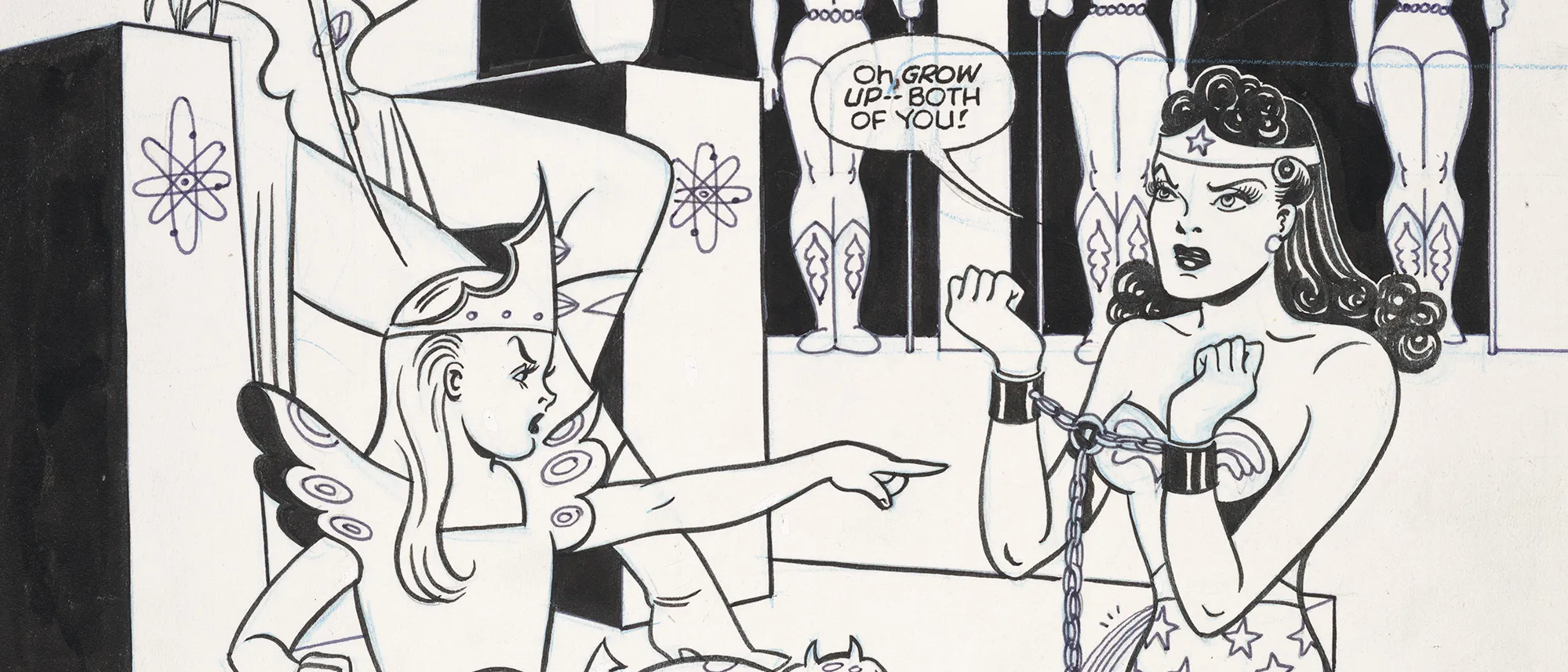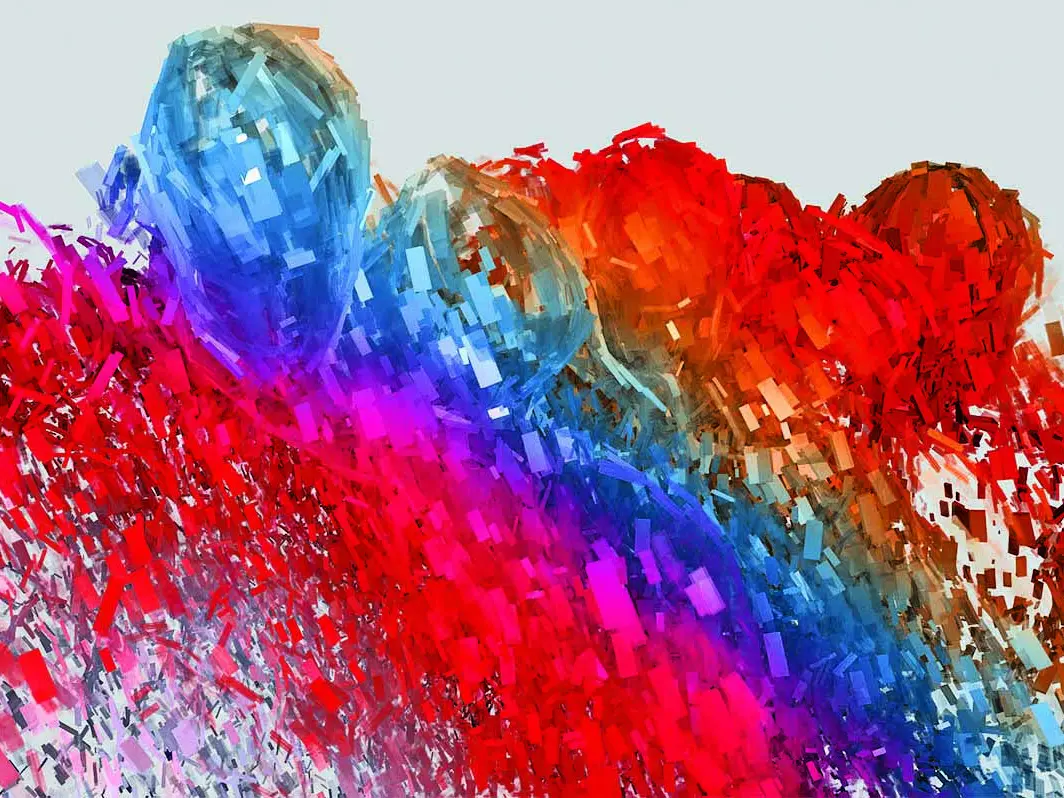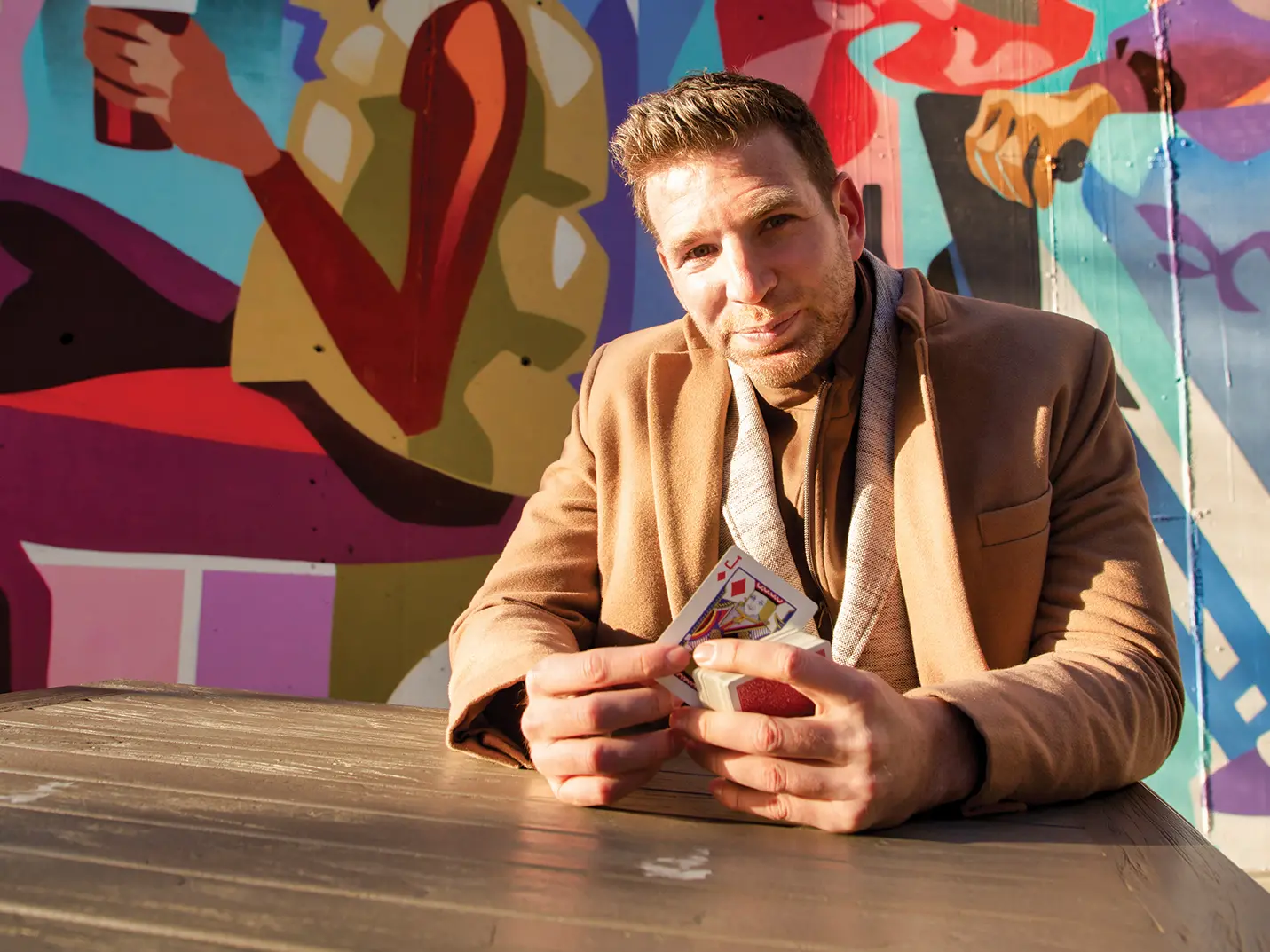Get a glimpse inside our cartoon museum
The Billy Ireland Cartoon Library & Museum holds the world’s largest collection of cartoons, graphic novels and comic book-related materials. For example…
In its home in Sullivant Hall, the Billy Ireland Cartoon Library & Museum offers not just cool things to see, but the rare opportunity to touch and hold its 3 million items, including the original art, inside its reading room.
That includes rare Disney art and comic books, original artwork from Charles Schulz’s “Peanuts,” newspaper comic strips that are the only known copies in existence, as well as…
To view the next examples, scroll sideways.
“Wee Pals” by Morrie Turner, 1974 (left)
Turner was the first Black comic strip artist whose work was syndicated in big newspapers, and “Wee Pals” was the first syndicated multi-ethnic cartoon, too.
“Atom Boy” by Osamu Tezuka, 1945 (center)
This unfinished drawing by a manga master — think the Japanese version of Stan Lee — is one of 20,000-plus materials in the collection of Japanese comics.
“Bone” by Jeff Smith, circa 2005 (right)
Smith kicked off this classic series of originally self-published comic books in 1991, after he spent his college years drawing a comic called “Thorn” for The Lantern.
To view the next examples, keep scrolling down until “American Splendor” moves, then scroll sideways.
“Little Nemo in Slumberland” by Winsor McCay, 1905 (left)
This early 20th century series, which ran as a full newspaper page once per week, often is regarded as one of the most beautiful ever created.
“Terry and the Pirates” by Milton Caniff ’30, ’74 HON, 1946 (center)
A renowned cartoonist and newspaper strip creator, Caniff donated a big collection of his work that led to the Billy Ireland museum’s founding in 1977.
“The Passing Show” by Billy Ireland, 1923 (right)
This lifelong Columbus Dispatch cartoonist and Caniff’s mentor, whom the museum is named for, drew a full-color, full-page Sunday series rich with Ohio State references.
See the collection
Visit The Billy Ireland Cartoon Library & Museum website to learn how to drop in — the museum is free and open to the public Tuesday through Sunday — or search the online archive.
